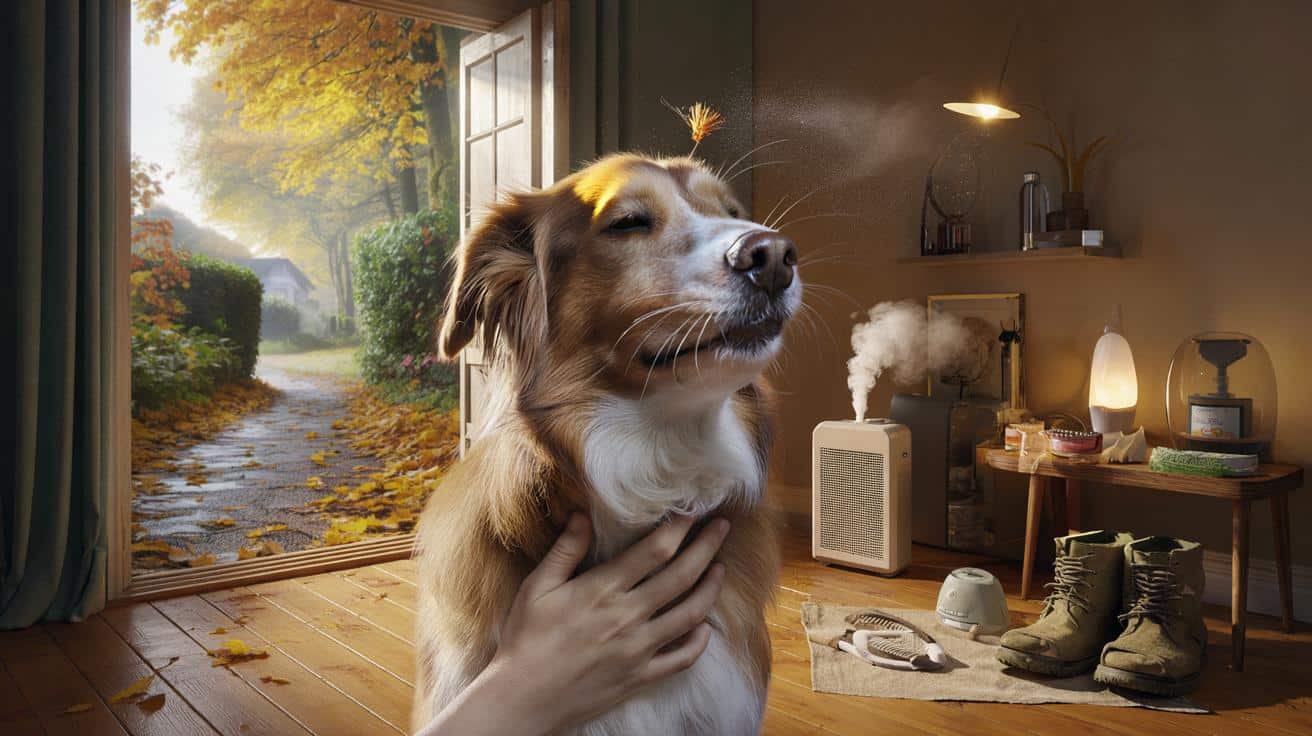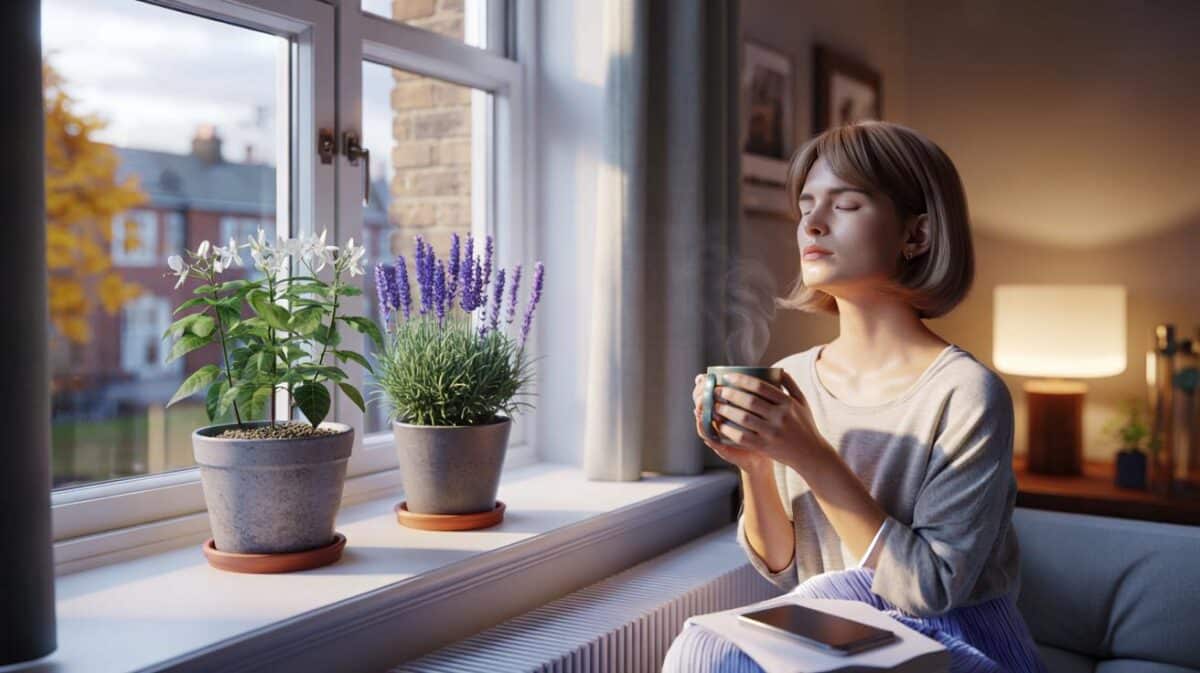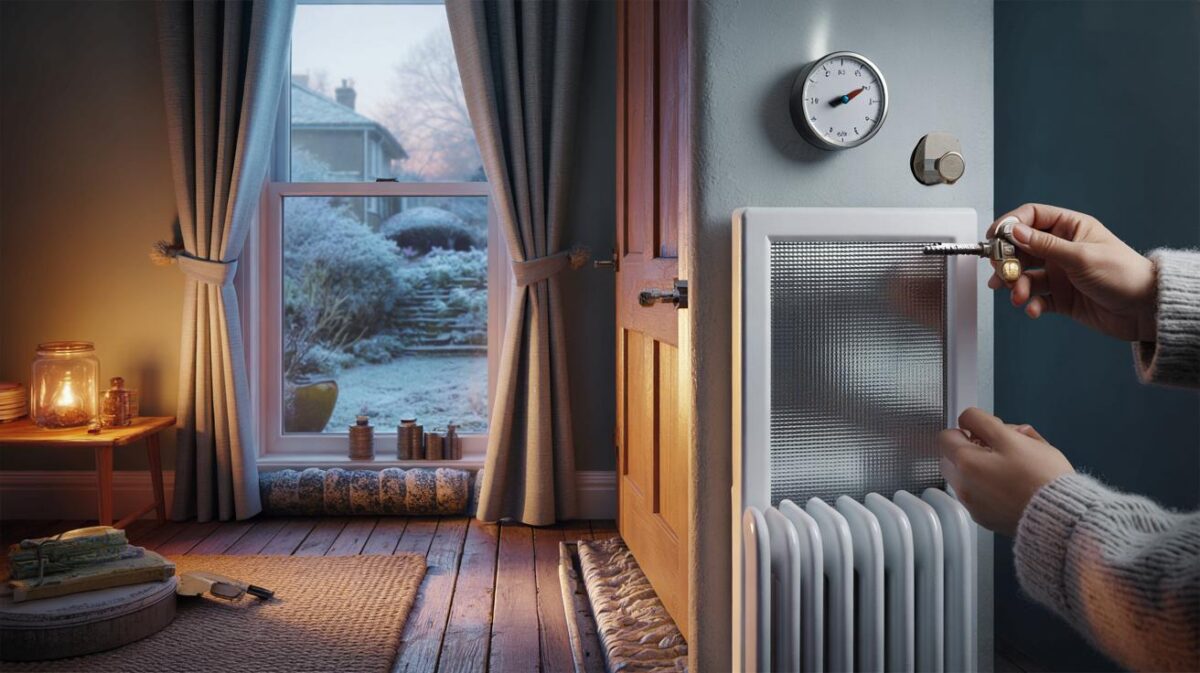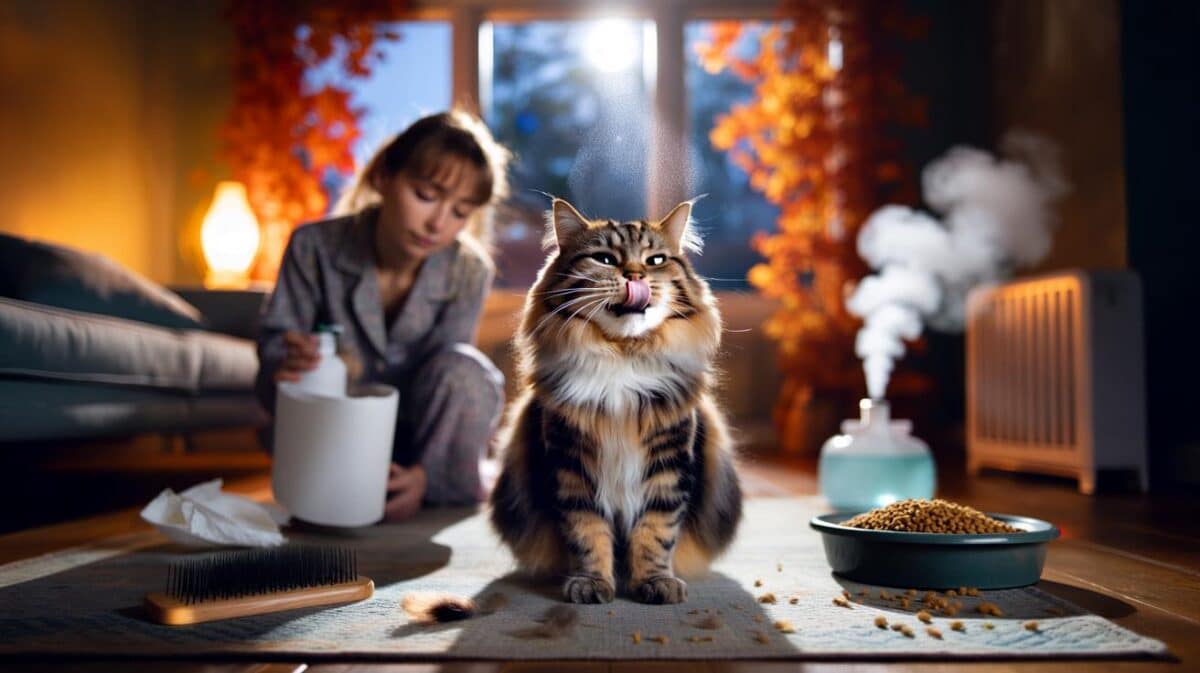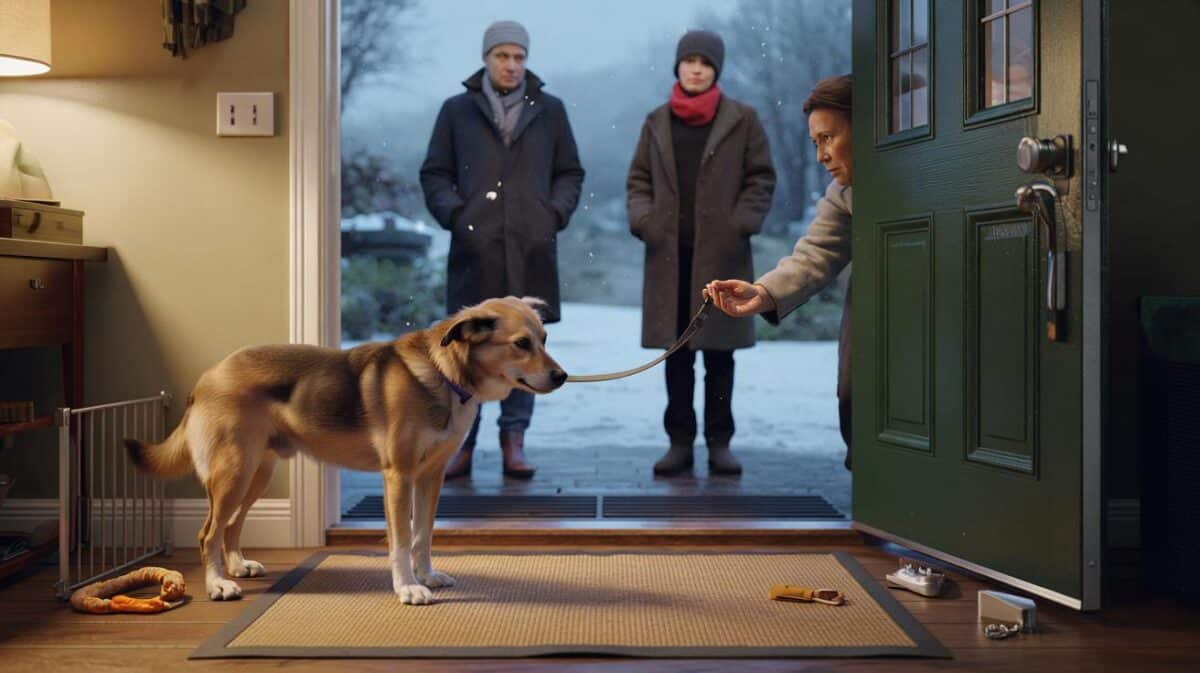Autumn air shifts, indoor heating returns, and anxieties follow.
Owners across the UK report more snuffles as damp walks, mould spores and dusty radiators collide. Most dogs shake off minor irritants. Some need swift care. Here is how to tell the difference, reduce risks, and time a vet visit without second‑guessing every “atchoum”.
What counts as normal sneezing
Dogs sneeze to eject irritants. A waft of perfume, wood smoke, cleaning vapour or a burst of dust can trigger a quick reflex. One or two sneezes after a muddy walk or a living‑room tidy often mean nothing. Your dog resets and moves on.
Reverse sneezing looks dramatic yet often stays benign. The dog stands still, neck extended, and snorts in rhythmic bursts for a few seconds. You may hear a honking sound. Many short‑nosed breeds do this after excitement or a sudden temperature shift. Rub the chest gently and keep the dog calm. If attacks last over a minute, happen daily, or end with distress, call your vet.
Track a rough count: over 10 sneezes a day for 3 days, new nasal discharge, or any nosebleed merits a phone call to your practice.
Seven common causes you can actually fix
Everyday irritants in colder months
- Indoor air: dry heating, dust, aerosols, scented candles and plug‑ins irritate nasal linings.
- Outdoor triggers: autumn pollens, leaf mould, compost heaps and farm dust kick up new particles.
- Play sneezes: dogs often sneeze during play as a calming signal, not a disease sign.
Reduce exposure and you often reduce sneezing. Ventilate rooms for ten minutes twice a day. Skip air fresheners. Switch to unscented cleaners. Run a HEPA purifier in the room where your dog naps. Wash bedding at 60°C weekly. Rinse paws and brush coat after woodland walks to lift spores and grass seeds from fur.
Allergies and sensitivities
Allergic dogs rub faces, sneeze in clusters, and may show watery eyes or itchy skin. Vets can suggest antihistamines, anti‑inflammatory treatments, or allergen control plans. Keep a diary: time of day, location, weather, and any scented products used. Patterns guide both diagnosis and management.
Foreign bodies and grass awns
Grass awns and plant seeds surge in late summer and linger in hedgerows. A seed up the nose sparks violent sneezing, face pawing, or a sudden nosebleed. You may see one‑sided nasal discharge. Do not probe with tweezers. Phone your vet. A quick removal under light sedation often solves the problem and prevents infection.
Infections
Viruses, bacteria or fungi can inflame nasal passages. Look for thick discharge, cough, lethargy or reduced appetite. Kennel cough sometimes starts with snuffles. Vets use swabs and targeted drugs. Keep vaccinations up to date, especially if your dog attends day care or training classes.
Dental disease
Upper tooth root infections can break into the nasal cavity and cause one‑sided sneezing and discharge. Bad breath and reluctance to chew also point to dental pain. A dental exam and X‑rays sort this out.
Anatomy and breed
Brachycephalic dogs (Pugs, Bulldogs, French Bulldogs) have narrow nasal passages and soft palate issues. They sneeze more in hot rooms, during play, or after meals. Your vet can discuss airway management, weight control and, where needed, corrective surgery to improve airflow and reduce snorting episodes.
Four red flags that mean “book the vet”
- Nosebleed after sneezing, even a small streak of blood.
- Thick yellow‑green discharge, especially from one nostril.
- Breathing effort, blue‑tinged gums, or fainting during a sneeze bout.
- Sneezing that persists beyond 72 hours or wakes the dog at night.
One‑sided discharge plus facial swelling or tooth pain often points to a local problem that needs imaging or dental care.
What your vet may do, and what it might cost
Your vet starts with a full exam, nasal check, oral check and lung auscultation. Expect questions about onset, environment, cleaners, smoke exposure, and exact sneeze patterns. A standard consultation usually costs £45–£75. If discharge is present, the vet may take a swab for lab testing (£60–£120). Simple allergy trials use safe medications and monitoring.
Hard cases need imaging. Skull X‑rays run about £150–£250. Rhinoscopy, which inspects the nasal cavity with a tiny camera, can locate seeds, polyps, or fungal plaques; including light anaesthesia and removal, fees often sit between £450 and £900. CT scans help map hidden disease, especially with suspected tumours or chronic fungal infection; practices quote £700–£1,500 depending on region and referral centre. Ask for an estimate before each step and discuss staged plans that fit your budget.
| Sign | Likely culprits | Immediate action |
|---|---|---|
| Sudden violent sneezing, one nostril, pawing face | Grass awn or dust clump | Keep calm, prevent rubbing, call vet for removal |
| Clusters after walks, watery eyes, itchy skin | Environmental allergy | Rinse coat, clean bedding, discuss antihistamine trial |
| Thick discharge, cough, low energy | Viral or bacterial infection | Vet swab and targeted treatment |
| One‑sided discharge, bad breath, tooth sensitivity | Dental root issue | Dental exam and imaging |
| Short “honking” bursts, excited or after eating | Reverse sneezing, soft palate | Calm the dog, monitor frequency, seek advice if frequent |
Home steps that make a fast difference
- Ventilate twice daily; use a HEPA purifier in the sleeping area.
- Vacuum with a HEPA filter; mop hard floors to trap fine dust.
- Skip aerosols, incense and perfumed candles; choose fragrance‑free products.
- Groom after walks; brush out seeds and dry the coat to curb mould spores.
- Use a harness instead of a tight collar to avoid pressure on the airway.
- Trim hedgerow forays in peak awn season; keep to shorter grass when possible.
- Run a humidifier to 40–50% relative humidity to soothe dry nasal tissues.
How to time a vet visit with confidence
Use a simple rule. If sneezing rises above your dog’s baseline and lasts more than three days, call your vet. Move sooner if you see blood, breathing effort, loss of appetite, or one‑sided discharge. Video a typical episode on your phone. Bring the clip, the sneeze count, and a list of cleaners or candles used that week. This speeds diagnosis and can cut costs.
Age and breed nuances you should know
Puppies catch infectious bugs more easily and may sneeze with mild fevers or low energy. Senior dogs face a higher risk of dental disease, nasal tumours, and chronic fungal infections. Brachycephalic breeds struggle in hot, dry rooms and during excited play. Keep them lean, keep rooms cool and moderately humid, and break play into short sessions.
Allergy management without guesswork
Start with environmental control for three weeks. Strip fragrances, clean bedding, rinse coats after walks, and use a purifier. If sneezing and itching improve by 50% or more, you likely have an allergy component. Your vet can then refine treatment with safe medications, skin care, or immunotherapy for confirmed cases.
Two practical extras owners often miss
Differentiate sneeze from cough. A cough sounds deeper and often ends with a retch. A sneeze bursts from the nose, not the throat. Knowing the sound helps your vet pick the right tests quickly.
Plan for costs. Set aside £10–£20 a month in a pet health pot or use insurance with dental and imaging cover. A modest buffer turns a stressful week into an organised visit where you can approve the right tests at the right time.
One last tip: teach a solid “leave it” to curb nose‑first investigations in hedgerows and compost corners. A minute of training a day can prevent a £500 rhinoscopy. Keep walks joyful, keep rooms fresh, and let data guide you: counts, clips and patterns tell the story your dog cannot put into words.
